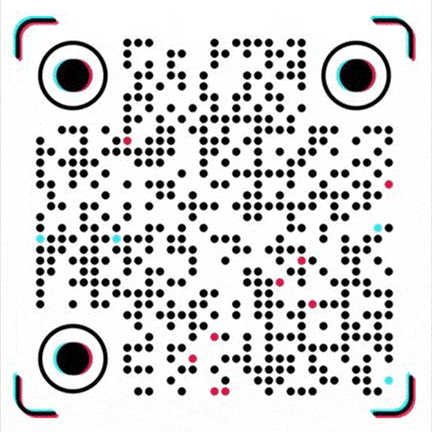Plastic Impact Resistance Boost
In the field of materials science, the impact resistance of plastics is an important indicator to measure their quality and application value. In addition to key factors such as material properties and temperature, the reinforcement method plays a complex and critical role in improving the impact resistance of plastics. The rational use of reinforcement methods can make plastics show better performance when facing external impact.
Fiber reinforcement: a "bridge" for stress dispersion
Fiber reinforcement is one of the important ways to enhance the impact resistance of plastics. In short fiber reinforced plastics, the dispersion degree and length of the fibers have a significant impact on the material properties. When the short fibers are evenly dispersed in the plastic matrix, they can act as a bridge for stress transfer.
When impacted, the external force will be transmitted to other parts of the matrix through the fibers to avoid local stress concentration, thereby delaying the generation and expansion of cracks. Taking glass fiber reinforced nylon as an example, glass fiber builds a solid support network in the nylon matrix with its high strength and rigidity.
When the material is impacted, the glass fiber will hinder the relative sliding of the nylon molecular chain, forcing the impact energy to be continuously dissipated at the interface between the fiber and the matrix, and ultimately greatly improve the impact resistance of the material. Moreover, the fiber length needs to be reasonably controlled. Too short fibers cannot effectively transmit stress, while too long fibers are prone to fiber agglomeration, which in turn reduces the material performance.
Rubber toughening: the "sponge" for energy absorption
Rubber toughening is also an effective strategy to improve the impact resistance of plastics. The rubber phase has unique elasticity and flexibility, and can deform greatly when the plastic is impacted. When the impact energy acts on the material, the rubber particles will be the first to deform, absorbing a large amount of energy through their own elastic deformation.
At the same time, the rubber particles can also induce silver streaks and shear bands in the surrounding plastic matrix. The formation process of silver streaks and shear bands consumes a lot of energy. They interweave and interact with each other to disperse the impact energy to a larger area, effectively preventing the rapid expansion of cracks.
Taking ethylene-octene copolymer (POE) toughened polypropylene (PP) as an example, POE is evenly dispersed in the PP matrix as an elastomer. When the material is impacted, the POE particles induce a large number of silver streaks and shear bands in the PP matrix, which significantly improves the impact resistance of the material.
Synergistic reinforcement: a "king bomb combination" of rigidity and flexibility
Combining fiber reinforcement with rubber toughening is an effective way to give full play to the advantages of both and overcome the brittleness of plastics. In this synergistic reinforcement system, the fiber is responsible for bearing the main stress and providing structural support, while the rubber particles focus on absorbing impact energy and inducing the matrix to produce energy dissipation mechanisms.
For example, when nitrile rubber (NBR) is added to glass fiber reinforced polycarbonate (PC), the glass fiber enhances the rigidity and strength of PC, making it less likely to deform excessively when subjected to external forces; when the material is impacted, nitrile rubber quickly absorbs energy and causes silver streaks and shear bands in the PC matrix, effectively dissipating the impact energy.
The synergistic effect of the two makes the composite material not only have good rigidity and strength, but also have excellent impact resistance, overcoming the brittleness problem that PC itself may show in some cases.
Interface optimization: the "solid foundation" of the reinforcement effect
In addition, the interface performance between the reinforcing agent and the plastic matrix is also crucial to the impact resistance of the material.
Good interface bonding can ensure efficient stress transfer between the reinforcing agent and the matrix, and avoid the interface becoming a weak link for crack generation and expansion. By modifying the surface of the reinforcing agent, such as chemical grafting and coupling agent treatment, the compatibility and interface bonding between the reinforcing agent and the matrix can be improved, and the comprehensive performance of the material can be further improved.
In summary, the reinforcement method has great potential in improving the impact resistance of plastics. By rationally designing fiber reinforcement, rubber toughening and the synergistic effect of the two, and optimizing the interface performance of the reinforcing agent and the matrix, plastic materials with both high strength and high impact resistance can be prepared to meet the diverse needs of material performance in different fields, and promote the widespread application of plastics in many industries such as aerospace, automobile manufacturing, and electronic appliances.
Our platform connects hundreds of verified Chinese chemical suppliers with buyers worldwide, promoting transparent transactions, better business opportunities, and high-value partnerships. Whether you are looking for bulk commodities, specialty chemicals, or customized procurement services, TDD-Global is trustworthy to be your fist choice.















